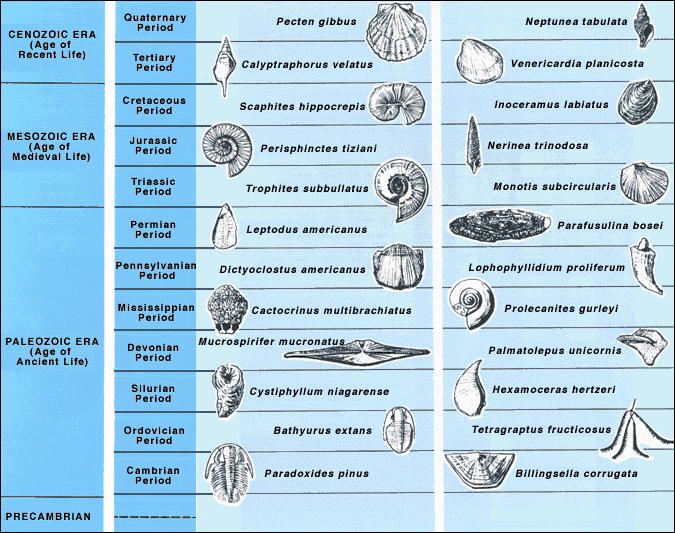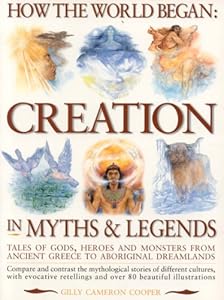For
the Mesozoic, I used this article, The Three Ages of Dinosaurs, to help me decide on what to include.
Then, the first place I checked for images was Super Coloring. If
I couldn't find something there, I did a google image search. The
dinosaurs were easy to research, and it was easy to find images.
In
the Mesozoic, I followed the trail leading to the Age of Mammals by
including the therapsid Lystrosaurus and Eozostrodon in the Triassic,
Oligokyphus in the Jurassic, and Repenomamus and Cimolestes in the
Cretaceous.
After
the Permian extinction event and the disappearance of the primitive sea
lilies, I tried to include some other things that went on in the sea.
Apparently, coral barriers formed in the Triassic, starfish diversified
in the Jurassic, giant bivalves joined the party in large numbers during
the Cretaceous, and the first true starfish genus showed up in the
Paleogene.
I
also researched insects and plants. Beetles diversified in the Triassic
and flies arrived. Googling Jurassic insects led me to the scary, giant
flea-like insects. The Cretaceous saw termites and mosquitos, and the
first true butterflies flitted into the Paleogene. Cycadeoids were
nommed on by dinos in the Jurassic, angiosperms diversified in the
Cretaceous, and grasses appeared in the Paleogene. Man cultivated grains
in the Quaternary.
I
have some cool marine beasties swimming along the bottom of the
Mesozoic. In the Cenozoic, I was excited to include megalodon. Sharks
had been swimming around since the Paleozoic, but the extinction of the
large marine reptiles at the end of the Mesozoic left the apex predator
position open. I included the damselfish in the Quaternary because I
read an article discussing it as an example of evolution in action.
I
liked the large herbivore from the Garden of Francis mutes and liked
that they also included the whale, so I followed up with the elephant in
the Neogene.
I
really wanted to include a saber-tooth tiger (smilodon). Once I added
him, a miacoid in the Paleogene seemed obvious. Although not descended
from smilodon, the tiger seemed the appropriate miacoid descendant to
include in the Quaternary.
The Garden of Francis mutes included the man, so I added the ape in the Neogene and the primate in the Paleogene.
The mutes included eohippus and mesohippus, so I added pliohippus and the modern horse.
The
archaeopteryx was included in the mutes. After him, I included
feathered a feathered dinosaur, ichthyornis, and hesperornis in the
Cretaceous; gastornis in the Paleogene and a hummingbird and an American
Kestrel in the Quaternary. I chose the modern birds based on my middle
son's favorites, but finches would be the obvious bird to include.
I
continued with the paleo-maps along the bottom, extinction events, and
ice age information. I wrapped up our timeline with some information
about the geologic timescale.
I
am pleased with the finished product, but there is always more. ;) I
wish I would have included more Cephalopods and more turtles. I wish
frogs were there. I am sad to have excluded the wooly mammoth and the
giant wombat. Ah well, too many animals only so much space. Oh- and why
include plants and no fungi! OK, OK, what is on there makes me smile... big. :D






















.JPG)




















